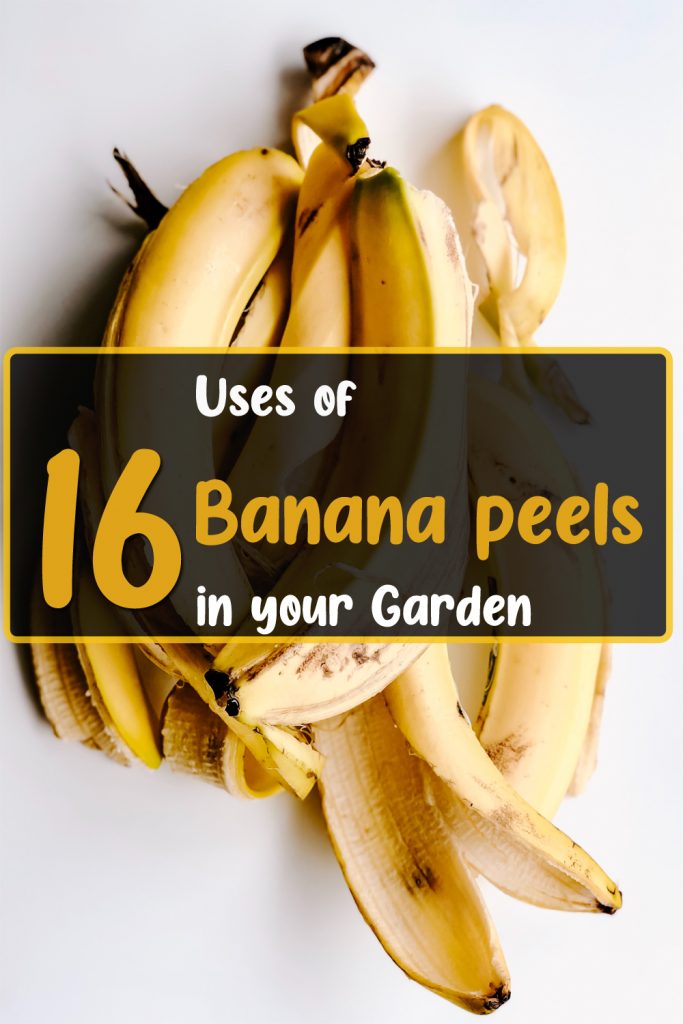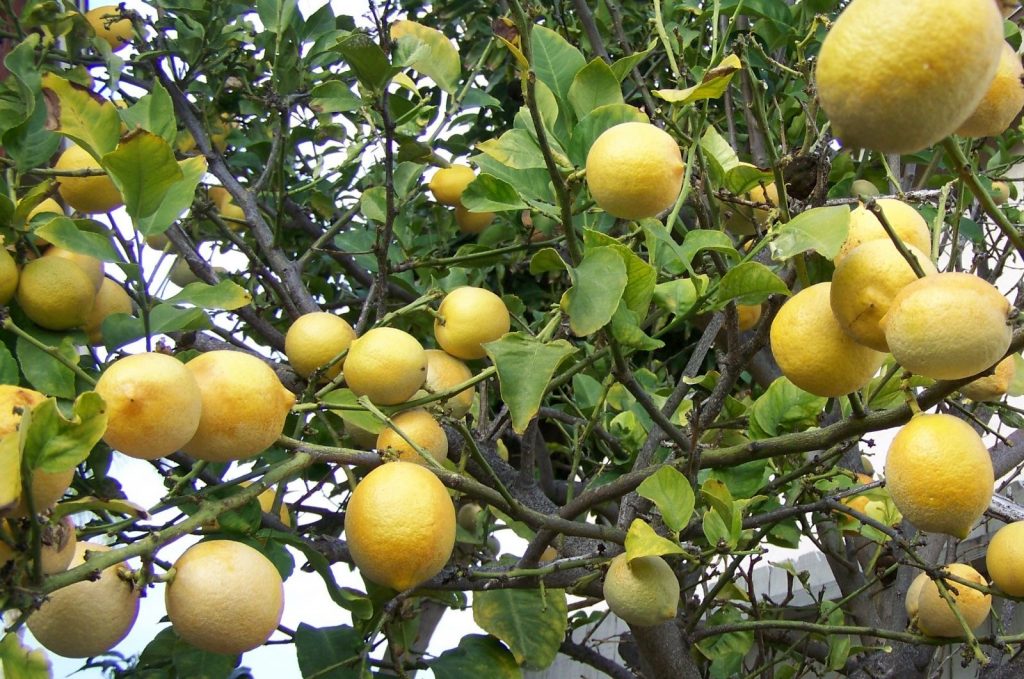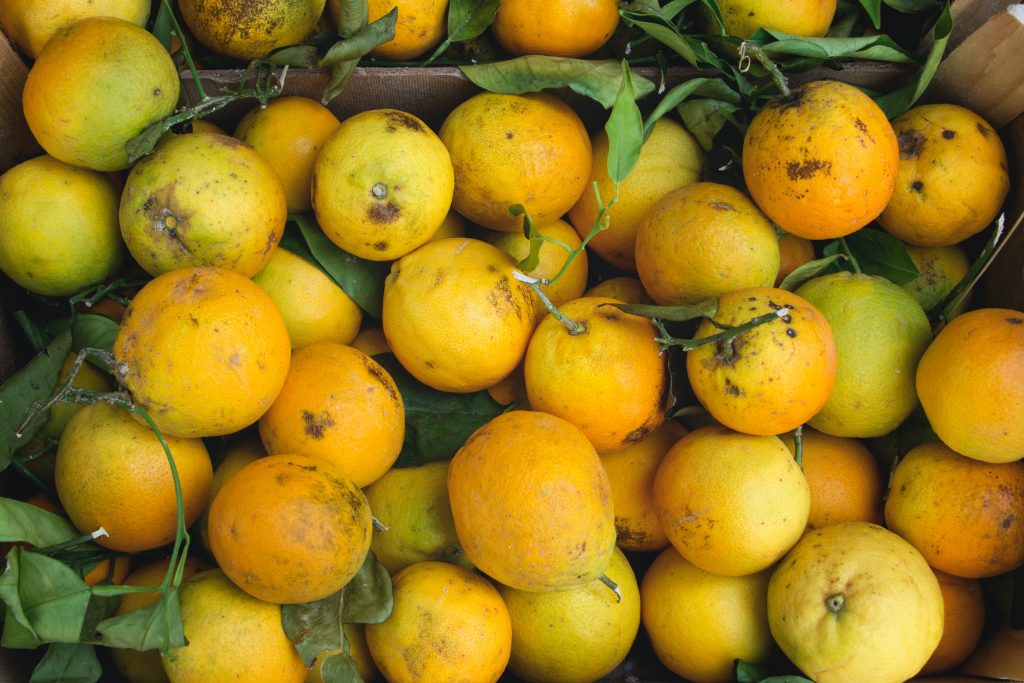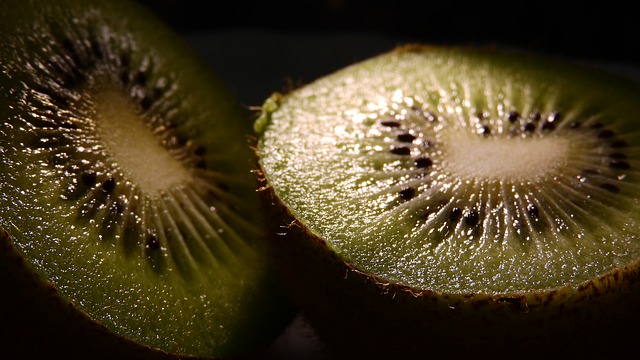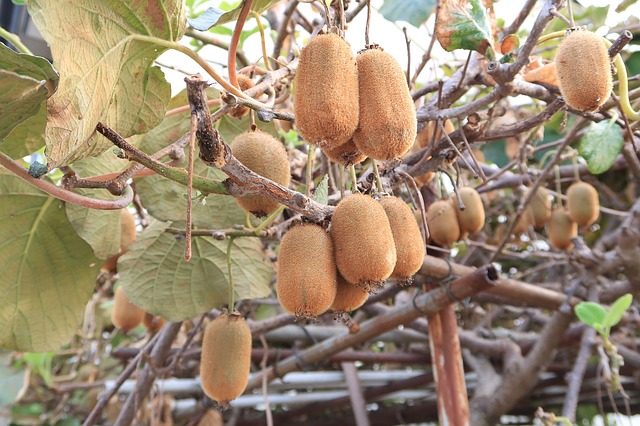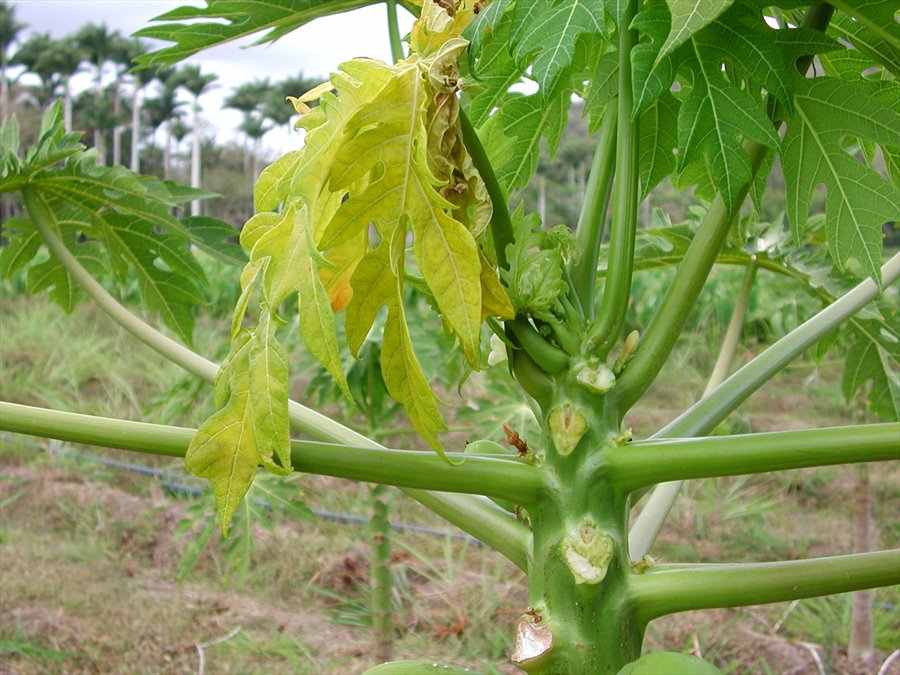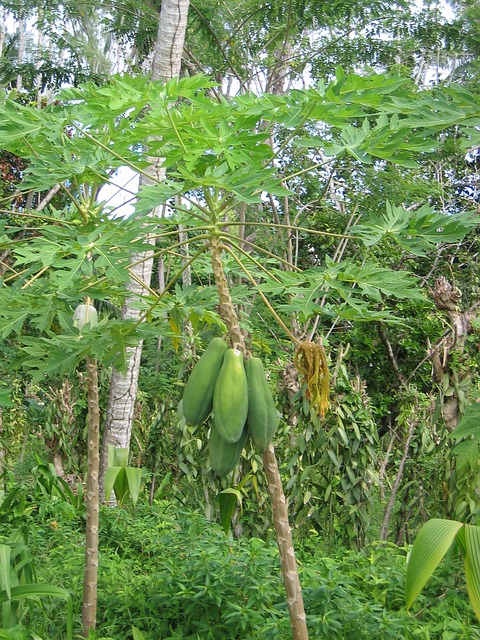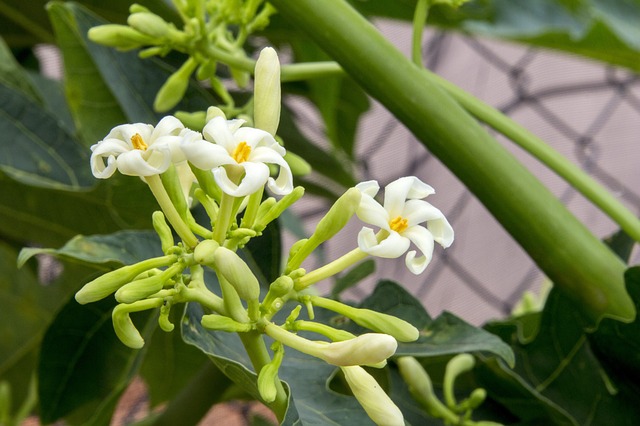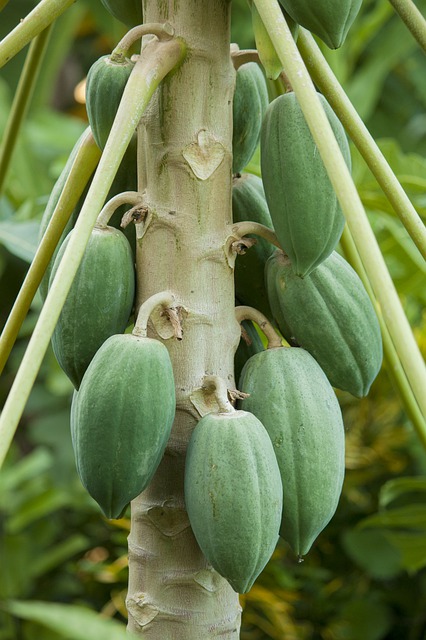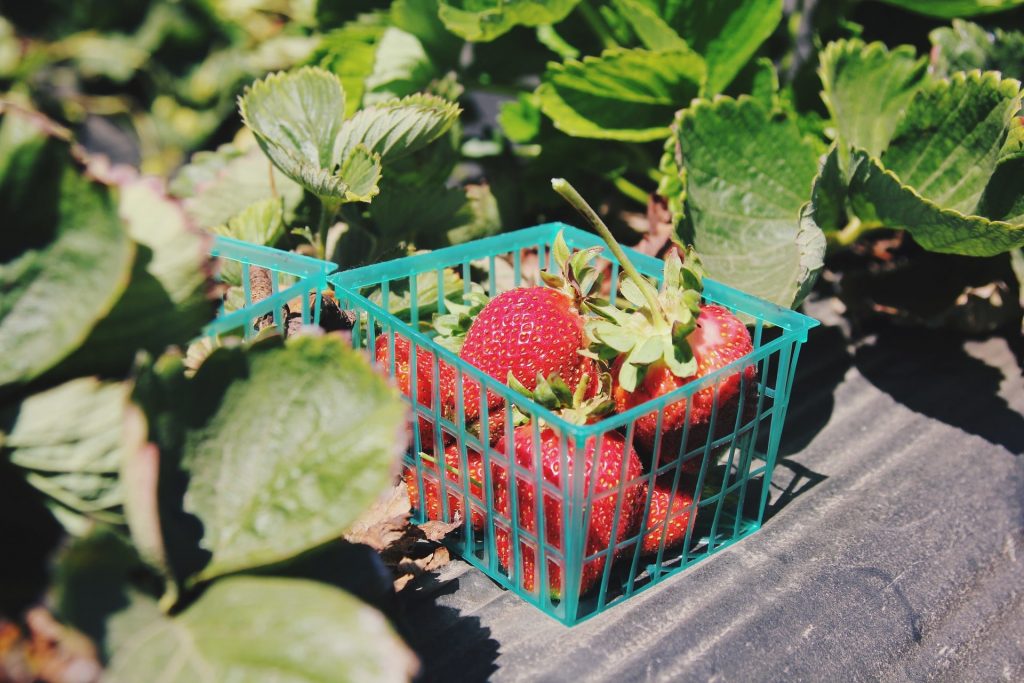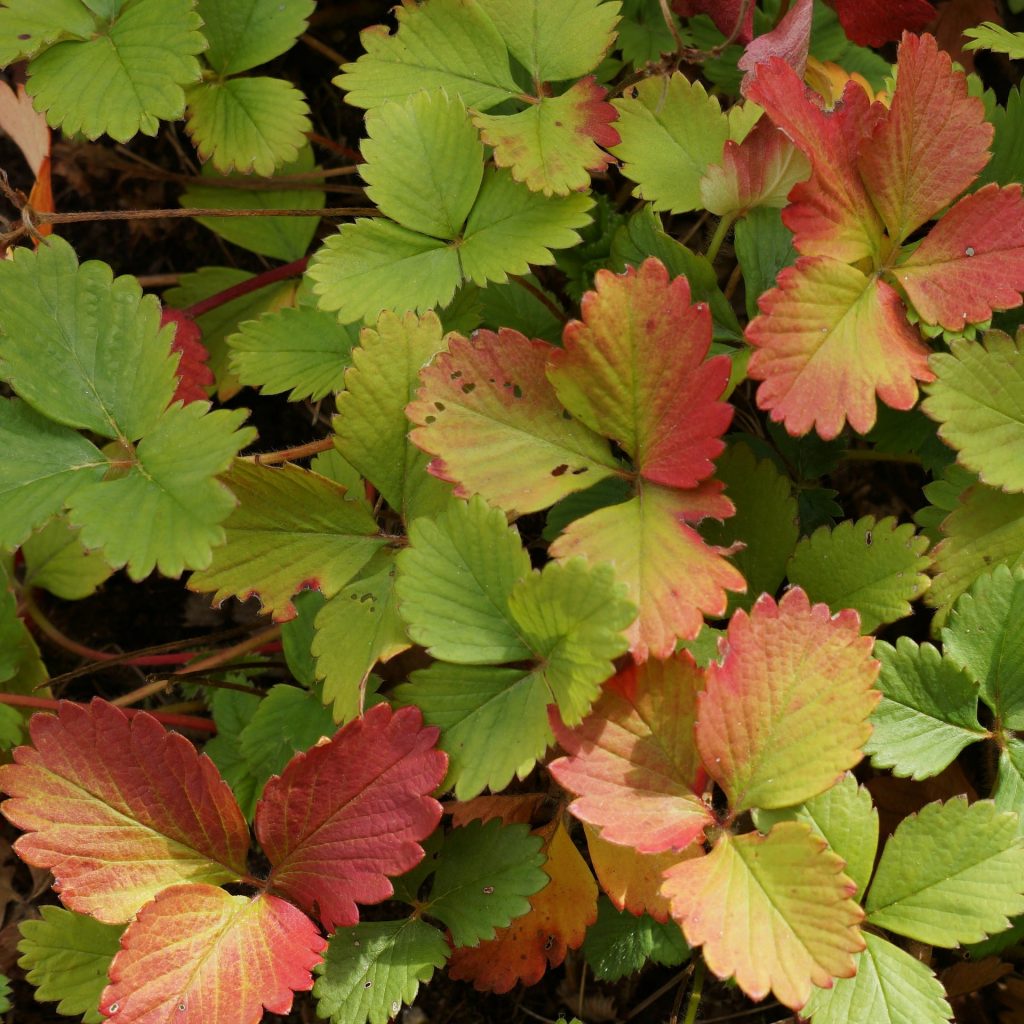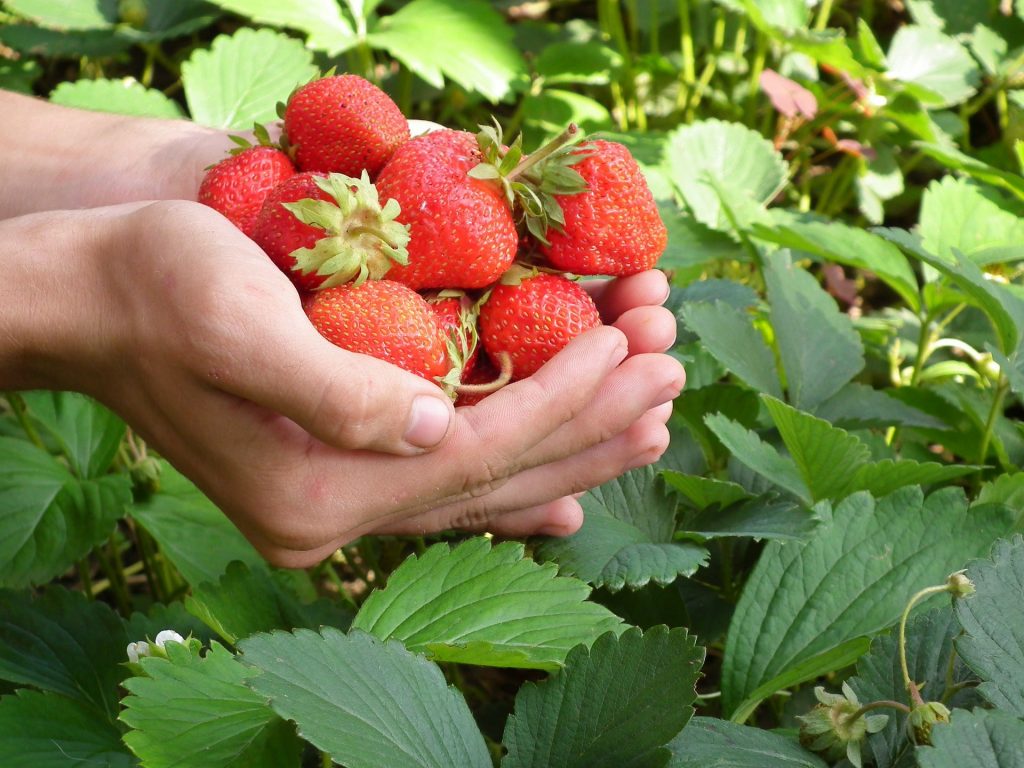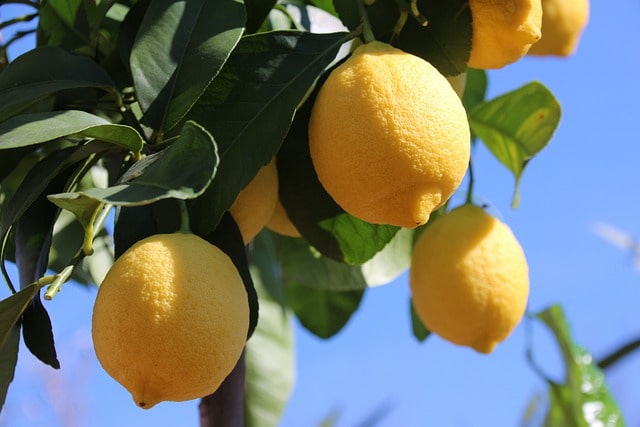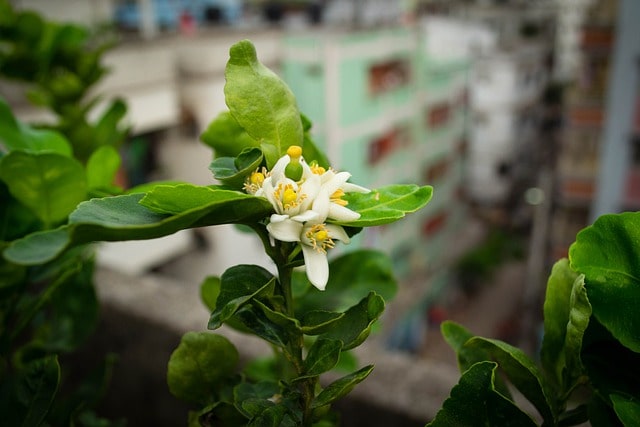After reading this article, you’ll never throw away Banana peels as like before. Bananas are a superb source of phosphorus and potassium for us, and their peels also do the same for plants. So, just cut it up and put it in the planting hole for tomatoes or peppers, it is one of the usages of banana peel in the garden. You can know more about the uses of Banana peels below!
Uses of Banana peels
1. Banana Peel Spray-On Fertilizer
Feeding banana peel to plants is an old wives tale. It can be used to make foliar spray to boost the nutrient to your plants. For making the recipe, you will need Epsom salt, eggshells, banana peels and water.

Take the dried banana peels and egg shells grind it in a blender until it becomes powder. Add Epsom salt to these banana peel and eggshells powder with water. Fill it in a spray bottle and shake the bottle until the salt and powder dissolves in water. You can use this solution in your household or in garden plants.
2. Make a Compost Tea
Drop few banana peels into a bucket which is filled with water and keep it for few days then you will get a rich amount of minerals in banana tea that will be enrich your vegetable beds and flowers with nutrients and promote aggressive growth organically.
3. Blooming in Plants
It contains high concentration of potassium which is the key nutrient to that plants need to form big and bright blooms. Potassium also promotes the transfer of nutrients and water among plant cells and protect them from diseases. To acquire benefits, cut it into small pieces and use it as mulch.
4. Fortify Your Soil
To your garden soil give a direct impact of nourishment by planting a banana peel or two in it. Simply dip up a trench three inches deep and long enough to accommodate the peels. Place them flat with inside facing up and cover them with some soil.
If you required fast decomposition, grind them in a grinder and follow the other steps. Over time, they release vital nutrients like calcium, potassium, and phosphorous.
5. Make a Fruit Fly Trap
If the flies are the major issue, and you are trying to deal with them in non-toxic way then use banana with its peel is your answer.
Simply chop it up, keep it in a plastic container, and pour some amount of apple cider vinegar. Then punch it with large holes in the lid to allow the entry of fruit flies. The scent of banana and vinegar will attract them and enters through the hole, finally drown to die in the liquid.
6. Aphid Control
Here we don’t have any solid proof yet, but you can try! Use dried banana peel pieces for this hack.Cover or bury dry pieces 2-5 inches deep in the soil at the base of the affected plant.
As they detest the smell of bananas then the aphids’ will be soon gone from the affected plants.
7. Add to Compost
Banana peels are biodegradable and it also quickly breaks down. Here we have the best usage of banana peel is to add them to the compost pile. Be sure you only add chopped or soaked, or semi-solid slurry. If you add whole it will attract by raccoons and shunks.
8. Attract Butterflies and Birds
Encouraging birds and butterflies by keeping ripe banana peels on a raised platform in your garden. You can also cut them into pieces or make holes, which seem to be the most attractive and easily obtainable fruit for insects.It is quite likely to bring out the bees, wasps, and caterpillars as well. Ensure that you can place it on a platform above the plants.
9. Fertilizer for Air Plants
Regular air plants and epiphytic perennials like Elkhorn fern and staghorn fern are not form roots to grow in the soil like common plants. Instead, they acquire all its nourishment from their surrounding air.
In a smart way the banana water spray gives their requisite dose of nutrients for growth and survival. For this place banana peels in a blender or in a food processor to make a smooth consistency and then dilute the paste in water. Use this water to spray on air plants.
10. Feed Your Plants Banana Vinegar
Acid-loving plants like blueberries, rhododendrons, gardenias, and azaleas benefits from the application of banana vinegar.
If the brew has strong vinegar smell, then dilute it with equal amount of water to avoid burning the plant.
11. Prepare Your Garden Bed
For the preparation of garden beds banana peels fertilizing and nutritive nature make them perfect as asoil amendment substance. Simply chop them up and toss them into the farming soil.
It will improve the quality of soil and as well as boost the microbial growth and enable the benefits of worms to aerate.
Also Read: Custard Apple Farming Was Never So Fruitful – Read This Guide Till The End
12. Establish Air Plants with a Banana Peel
For the decorative air plants setting add a banana peel at the base, cover it with few amount of mulch and mount the entire plant over it. The peels act as compost and decay to release several nutrients that benefits the plants for further growth.
13. Fertilize Tomato Plants
Don’t forget add banana peels to your tomato plants because it will flourish the plants and produce the harvest prolifically. As banana peels upgrades the soil with the help of nutrients like potassium, iron, and calcium this will helps the tomatoes.
Also Read: How long can a tomato plant go without water?
14. Feed Seedlings
Few amount of banana peel cut into a tiny pieces and bury them in the soil, exactly below the topsoil of the garden bed or at the bottom of the container, at any time you plant seedlings. It will produce a much needed boost of nutrients to the young plants. You can also use it as a banana peel spray on them.
15. Amend Potting Soil
Composted Banana peel can be directly used as a soil amendment in the fall while you were preparing the vegetable and flower beds for winter. For this, chop banana peels up and add it with potting mix.
Make sure about to conceal them deeply under mulch if you want to add the peels to avoid attracting any mammalian nocturnal invaders.
16. Boost Blooms in Roses
Banana peels are the best source of minerals like phosphate, magnesium, sulfur and calcium that roses require to grow with their potential. These minerals not only help to boost the plants but also produce brighter flowers.
There are several ways to do this: you can hide the banana peel pieces in the rose container or bed, or side dress of rose bushes with dried banana peels on it and mulch is also an another option. Banana peel spray will also work as well.
Also Read: How Long Does it take a Kiwi Plant to Produce Fruit

